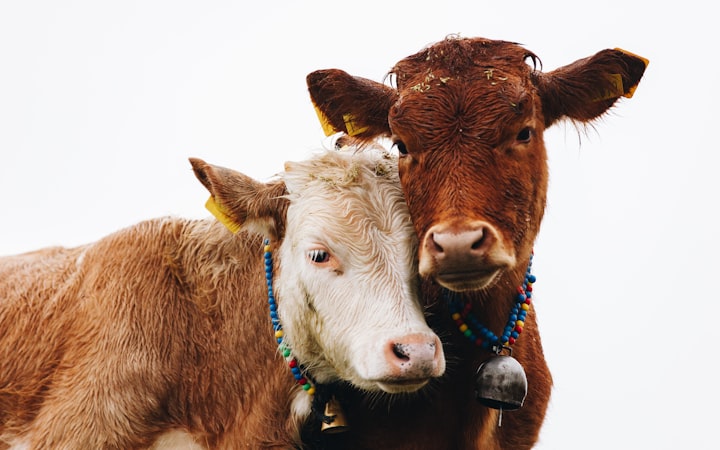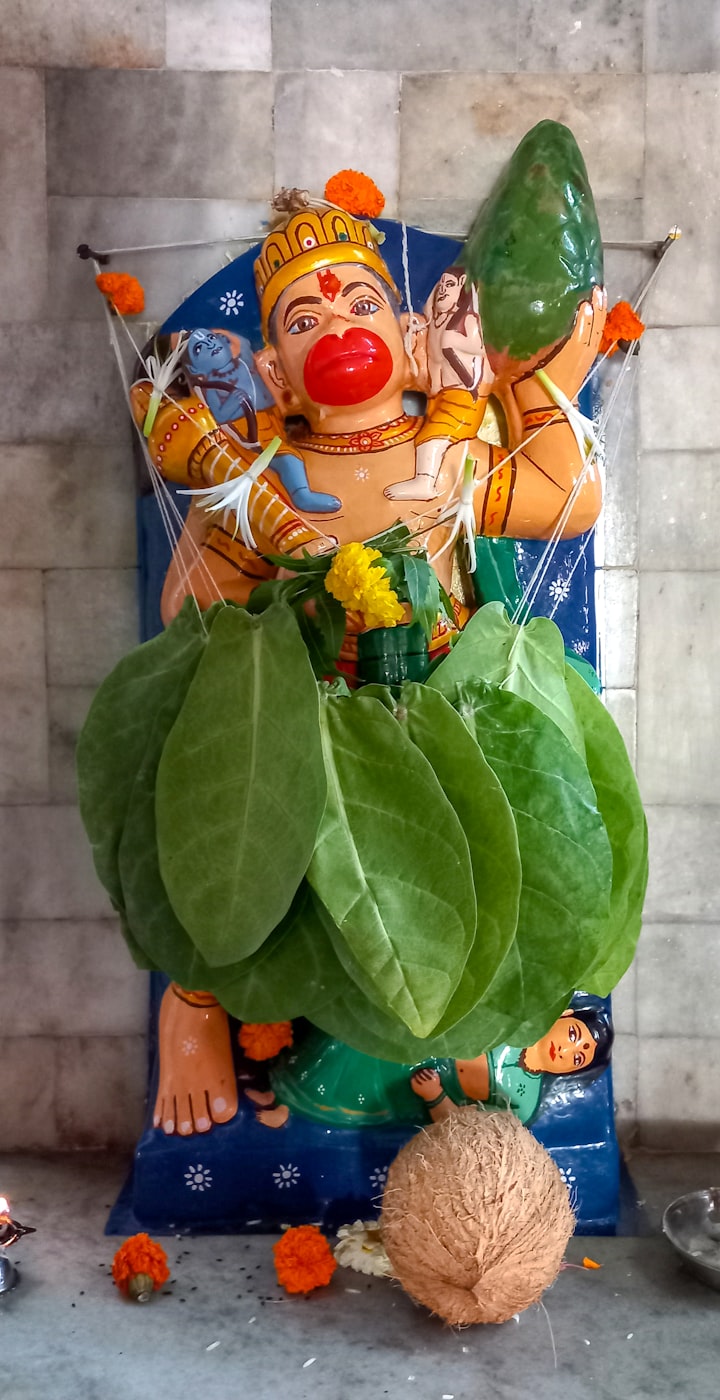The History of Vaccination
(Cows, Skepticism, and Vaccines in the time of COVID-19)

Following the beginning of the COVID-19 Pandemic, the frantic state of the world irrupted into a chaos that was unimaginable to most, consisting of panic and a wild spread of misinformation. Individuals in science and the medical field are no stranger to fabrication, constantly dealing with and debunking the information spread by Doctors with a PhD from Mark Zuckerburg himself. Upon the rollout of the COVID-19 vaccination from Pfizer, Moderna, and Johnson & Johnson, many questions and commentaries started to rise, including the Great Debate about what vaccines are and from where they come. Lucky for me (and you, my dear reader), a particular pocket of my brain has been reserved specifically for this moment, as my fascination for history and science has been planted together to sprout into a gorgeous vine and deliciously prolific flower of vaccination information.
Let’s start where all great stories begin— with a badass woman. Lady Mary Montagu (1689-1762) was an aristocratic writer, poet, and the founding figure behind variolation. Variolation is a process of inoculation used to immunize individuals from Smallpox by infecting them with pustules’ substance from those previously infected. Although Lady Mary Montagu was a well-distinguished woman in society, she was also a rebel and refused to conform to the patriarchal society of the 1700s. At age 23, Montagu eloped, abandoning the life her parents planned out for, and fleeing to Istanbul with her star-crossed lover. During her time in Turkey, Montagu noticed the lack of smallpox outbreaks— a virus that was abundant back in England. She noticed a practice that Turkish people had of removing a scab from a previously infected person and creating a small cut in a child’s vein to place the portion of scab (or pus) inside. The child would then suffer from mild symptoms for about a week and then recover with immunity. Compared to the severe symptoms of smallpox, which included pustules all over the skin and around the eyes, leading to scarring, blindness, infertility, and often death, the week or so of mild symptoms was a seemingly good bargain. Montagu adapted this practice and, in 1721, brought it with her back to England—although England did not as well receive it as Istanbul. People were hesitant, scared, and appalled. The idea of injecting the very thing that killed so many family members and loved ones was a terrifying concept. Everybody thought, “this woman has no idea what she’s talking about.” But here’s the thing— she did. Lady Mary Montagu went to great lengths to get the variolation method accepted and practiced, including variolation of the Royal Family members and even having her 3-year-old daughter publicly variolated. Montagu proved variolation’s success, with all of her patients developing immunity to Smallpox. However, people were still not convinced. This led to multiple clinical trials, including trials on Newgate Convicts and five orphans from London— all of which were successful. Variolation’s success led to it becoming a widespread practice, with many countries adopting this new method of treating Smallpox. Variolation, however, was not 100% successful.
The next development in the story of vaccination begins with a great observer of nature, Edward Jenner. Edward Jenner (1749-1823) began studying to become a doctor at the great and elderly age of 8. His fascination for science and nature led to a discovery that would lead to what we now know as vaccination. During Jenner’s observation of the society around him, he began to notice that the gorgeous, glowing, and radiant skin of milkmaids was entirely scar and pustule-free. Milkmaids very rarely suffered from Smallpox but did often suffer from a case of Cowpox. Cowpox, unlike Smallpox, lacked in severity. Anyone who contracted Cowpox dealt from small pustules that vanished with minimal to no scarring and no other side effects. This led Jenner to go where no other had gone before— past the already-taboo variolation process and into an even more extreme and unheard-of land of folklore. The theory of milkmaids being immune to Smallpox was commonly passed off as folklore, so Jenner certainly had his work cut out for him in a society that was already uncertain about the process of variolation. He spent ten years researching, observing, and experimenting before finally concluding that the recent legend was, in fact, more than a fairytale created by an old witch in a magical forest. On May 14th, 1796, Edward Jenner injected eight-year-old James Phipps with a Cowpox pustule’s pus from a milkmaid. James Phipps developed a mild case of Cowpox. Being the decided Medical Guinea Pig, Phipps was then later variolated (injected with Smallpox). The child never developed Smallpox. Jenner took this result as a great success and began injecting Cowpox into other patients, hoping for the same result. With the variolation method being adopted, alongside this new experiment Jenner was performing, he knew he had to distinguish his practice and method apart from what Lady Mary Montagu had discovered (variolation). Due to Jenner’s injections containing Cowpox and “Vacca,” meaning “cow,” in Latin, he decided that his method would be called vaccination. After determining that vaccination was safer and more efficient than the formerly used variolation, Jenner aspired to have physicians adopt his practice. Much like Lady Montagu, Jenner suffered from reassuring and convincing the public that his method worked and would benefit everyone in the long run. Physicians were already making money by supporting and practicing variolation, and many did not have direct access to Cowpox, which would be required for the adoption of Jenner’s method. Jenner, ambitious and determined, took it upon himself to supply physicians with Cowpox material, making his only roadblock the uncertainty of society. As time went on, Jenner’s vaccination process’s success rate was incredibly high, and more and more doctors began offering the service in their clinics. Eventually, vaccination was even more widespread than Variolation, being carried over into New World practices and eventually becoming a standard (of course, there were always skeptics).
Throughout medical history, there is no doubt that society has had hundreds of questions, concerns, inquiries, and hesitation about ethical, safe, and reliable practices. As a society that cares about our parents, our children, and our loved ones, it is common (and needed!) that we are skeptical and that we ask questions about the things that strike curiosity and confusion. However, it is equally as important to stay well informed with factual information. Hopefully, this piece of (un)common knowledge will be both beneficial and exciting for you during a time where uncertainty lingers around every corner. Amidst the chaos, however, there is hope—and maybe even a little relief as you sit down to get your COVID-19 Vaccination, and they don’t inject you with pus from a cow.






Comments
There are no comments for this story
Be the first to respond and start the conversation.